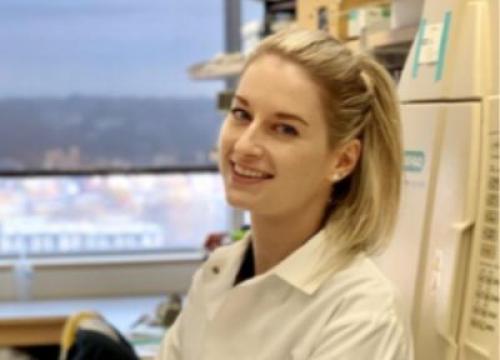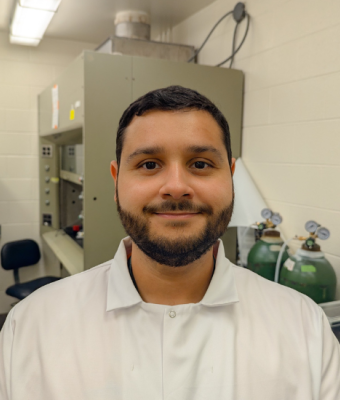Camp Lejeune & Increased Risk of Parkinson’s

Living at Camp Lejeune, which had drinking water contaminated with tetrachloroethylene (PCE), is associated with an increased risk of developing Parkinson’s.
No one knows exactly what causes Parkinson's disease (PD), but scientists believe both genetic and environmental factors play essential roles. It is also not known why Parkinson’s cases appear to be on the rise. One theory is that industrial chemicals in the environment could contribute to diseases such as Parkinson’s, and new evidence supports this idea.
Recent studies have suggested that certain chemical pollutants could contribute to Parkinson’s. For instance, in rodents studies, when ingested, the industrial solvent trichloroethylene (TCE), a known human carcinogen, can cause brain damage and result in motor deficits. TCE does not occur naturally and is used in common household products, such as cleaning wipes and paint removers. Commercial dry cleaners also use the chemical.
Additionally, one small study of twins in 2012 indicated that TCE was linked to a 6-fold increased risk of Parkinson’s. TCE and a similar chemical called tetrachloroethylene (PCE), a likely human carcinogen, are found in up to one-third of U.S. drinking water samples. However, only one small study had ever attempted to assess the risk of developing PD from these chemicals in drinking water.

In a new study published in JAMA Neurology, researchers analyzed the medical records of 84,824 veterans who were stationed at Camp Lejeune in Jacksonville, NC, in the 1980s. Camp Lejeune drinking water was contaminated with TCE, PCE, and several other volatile organic compounds (VOCs) from 1953 until 1987. Wells that provided water to the base were contaminated by sources found on the base, such as leaking underground storage tanks, industrial spills, and waste disposal sites (largely TCE) and an off-base dry-cleaning business (largely PCE). Median monthly levels of TCE in the base’s water supply were more than 70 times the permissible amount, the researchers noted in their new article.
Study Results
- The study compared the Camp Lejeune veterans’ records to those of more than 73,298 veterans stationed at Marine Corps Base Camp Pendleton in Oceanside, CA, which did not have contaminated drinking water. From the medical records, they found that 279 veterans from Camp Lejeune and 151 from Camp Pendleton had been diagnosed with Parkinson’s disease, for a prevalence of 0.33% and 0.21% respectively.
- Moreover, among those without a Parkinson’s diagnosis, there was a significant association of living at Camp Lejeune with diagnoses of anxiety, tremor or erectile dysfunction, all of which can be early signs of Parkinson’s.
- The study hypothesizes that TCE could be contributing to the more than doubling of Parkinson’s disease cases worldwide from 1990 to present.
- Overall, Camp Lejeune veterans who were exposed to drinking water contaminated with TCE and other chemicals had a 70% higher risk of developing Parkinson’s disease than Camp Pendleton veterans who were not exposed to contaminated water.
What does this mean?
TCE may contribute to risk of developing Parkinson’s. However, conclusions are still not definitive. The veterans who were stationed at Camp Lejeune may also have been exposed to other chemicals that could have contributed to Parkinson’s risk, such as vinyl chloride and benzene. Veterans could also have been exposed to other these or other chemicals before or after they were stationed at Camp Lejeune. More research is needed to determine whether exposure to TCE and/or other chemicals contributes to Parkinson’s risk.
What do these findings mean to the people with PD right now?
Even for people with Parkinson’s who had known exposure to TCE, it is still not conclusive that those chemicals caused the disease and/or are the sole cause of the disease.
Veterans with Parkinson’s who were stationed at Camp Lejeune for no less than 30 days between August 1, 1953, and December 31, 1987, may be eligible for additional benefits. Learn more on the VA webpage, Camp Lejeune: Past Water Contamination.
Learn More
The Parkinson’s Foundation believes in empowering the Parkinson’s community through education. Learn more about PD and the topics in this article through our below resources, or by calling our free Helpline at 1-800-4PD-INFO (1-800-473-4636) for answers to your Parkinson’s questions.
Related Blog Posts

Veterans and Parkinson's: What You Need to Know

7 Resources for Veterans with Parkinson's


















